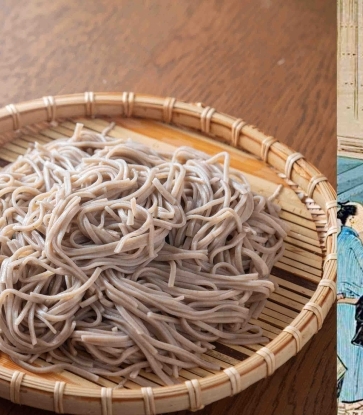
The Origins of Wagyu
This lesson won’t take long. After all, Japanese beef has a history of less than 100 years, having been banned as a food product for much of the country’s feudal era. During this Edo Period, Japan’s isolation from the outside world ensured the purity of its livestock, bred as draught animals for the cultivation of rice.
The Meiji Restoration in the late 1800s lifted the ban on the consumption of beef and in 1919, the government introduced the registration of Japanese cattle and the term ‘Wagyu’ was created.

‘Wagyu’ translates simply as ‘Japanese cattle’. And under this umbrella term are four official Wagyu breeds: the Japanese Black, the Japanese Brown, the Japanese Poll and the Japanese Shorthorn.
The most popular breed of Wagyu is the Japanese Black, accounting for over 90% of the country’s cattle. Within the Japanese Black breed, there are three bloodlines—Tajima, Kedaka and Shimane—and only pure Tajima, bred, raised and slaughtered in the Hyogo Prefecture are certified as Kobe beef. Tajima Wagyu is prized for its ability to develop extremely high degrees of marbling, and each year, only a few thousand cows are certified Kobe, making it exceedingly rare.
In fact, it wasn't until February 2012 that the first Kobe beef shipment was sent outside Japan—to Macau. Even today, less than 10% of it is exported out of Japan.

The Japan Meat Grading Association gives each carcass a score based on its yield (A, B or C) and level of marbling, firmness, color and overall quality (1-5), with A5 being the highest possible score.
The marbling in a serving of A5 Kobe is so fine and high that the meat can appear a pastel pink or even white, slightly sweet to taste, and so buttery that it is usually eaten only in small amounts. No American-sized steaks here.

If you've bought a prime cut of Wagyu steak at the supermarket and want to try cooking it at home, chef Andrea Spagoni of Michelin-starred Beefbar recommends paying attention not to burn the meat as it releases more fat than regular beef. This also means that you can leave out the oil or butter as you grill the meat. While you might tuck into a steak accompanied with a full-bodied red wine, Wagyu is better paired with a lighter wine with less tannins such as Pinot Noir.























